Japan
Japan to get RE boost by 2013
Japan to get RE boost by 2013
Renewable energy continues to grow in Japan—with a lot of help from FIT.
Japan could announce RE tariffs this month
Japan’s march away from nuclear power continues.
Japan pours funds into hydrogen fuel research
Post-Fukushima Japan continues to favor hydrogen fuel as a key alternative to nuclear energy.
Mistui invests in UK renewables
The Mitsui Group, one of Japanese largest conglomerates or “keiretsu,” expands into the United Kingdom’s renewable energy industry.
Japan to build its largest solar energy plant this year
Electric power derived from solar energy has just taken a great surge forward in Japan.
Japan struggles to wean itself from nuclear power
The road to a nuclear energy-free Japan is bound to get tougher.
Kansai Electric submits safety upgrade plans
Kansai Electric Power sought government approval to restart two nuclear reactors while key upgrades to prevent nuclear crisis will take three years.
Japanese govt wants public to rely on nuclear power
Japan's government is rushing to restart two nuclear reactors by next month to convince the public that atomic energy is vital.
Hokkaido Electric shuts 175MW coal-fired unit after steam leak
Hokkaido Electric Power has suspended operations of the 175 megawatt coal-fired No.1 unit at its Naie plant after steam leaked from a boiler.
Japan uncertain on restarting nuke reactors
Japan wants more time to decide about restarting two offline nuclear reactors, according to the trade minister.
Osaka to create panel for nuclear safety
Osaka Mayor Toru Hashimoto will consider setting up a panel of nuclear experts to verify the safety of nuclear power plants.
Studying nuclear energy after Fukushima
March 11th, 2011. Nuclear engineering sector is hit by Fukushima's accident. A year has passed and it is now time to have a look on what has come out of this. The international institute of nuclear energy, I2EN, was inaugurated in France the same year.
Japan ups thermal plant generation to 73.8% following nuke crisis
The ratio of electric power generated by thermal power plants in Japan has surpassed 70 percent following the March 2011 nuclear meltdowns.
Mitsubishi halts construction of US wind turbine plant
Mitsubishi's major wind power project in the USA has hit the doldrums.
Japan calls for LNG summit
Japan is pressing its case as a buyer of LNG from North America.
The Asian grid, Japan perspective
As a consequence of the devastating March 2011 disaster, the Japan power sector vulnerability was revealed and has ever since been a critical component to reassess. That the sector needs a serious overhaul is no surprise to anybody directly or indirectly involved.
Japan's nuke plants not ready for quake, reports warn
Two official studies predicted higher waves and earthquakes that could bigger that its nuclear power plants are prepared for.
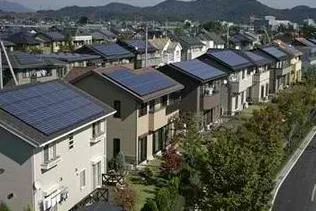
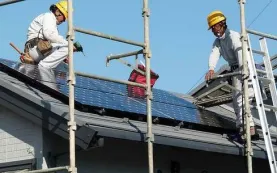
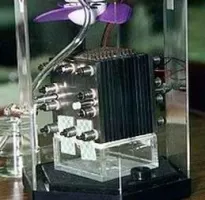

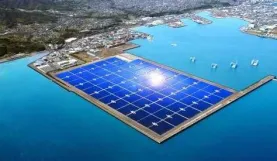
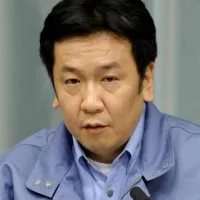
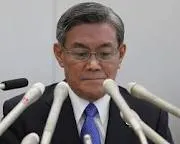
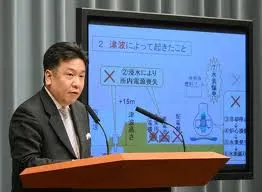







 Advertise
Advertise















Commentary
How pump retrofits boost profitability and efficiency in ageing power plants